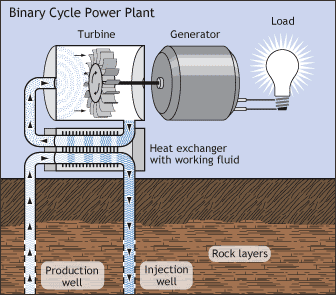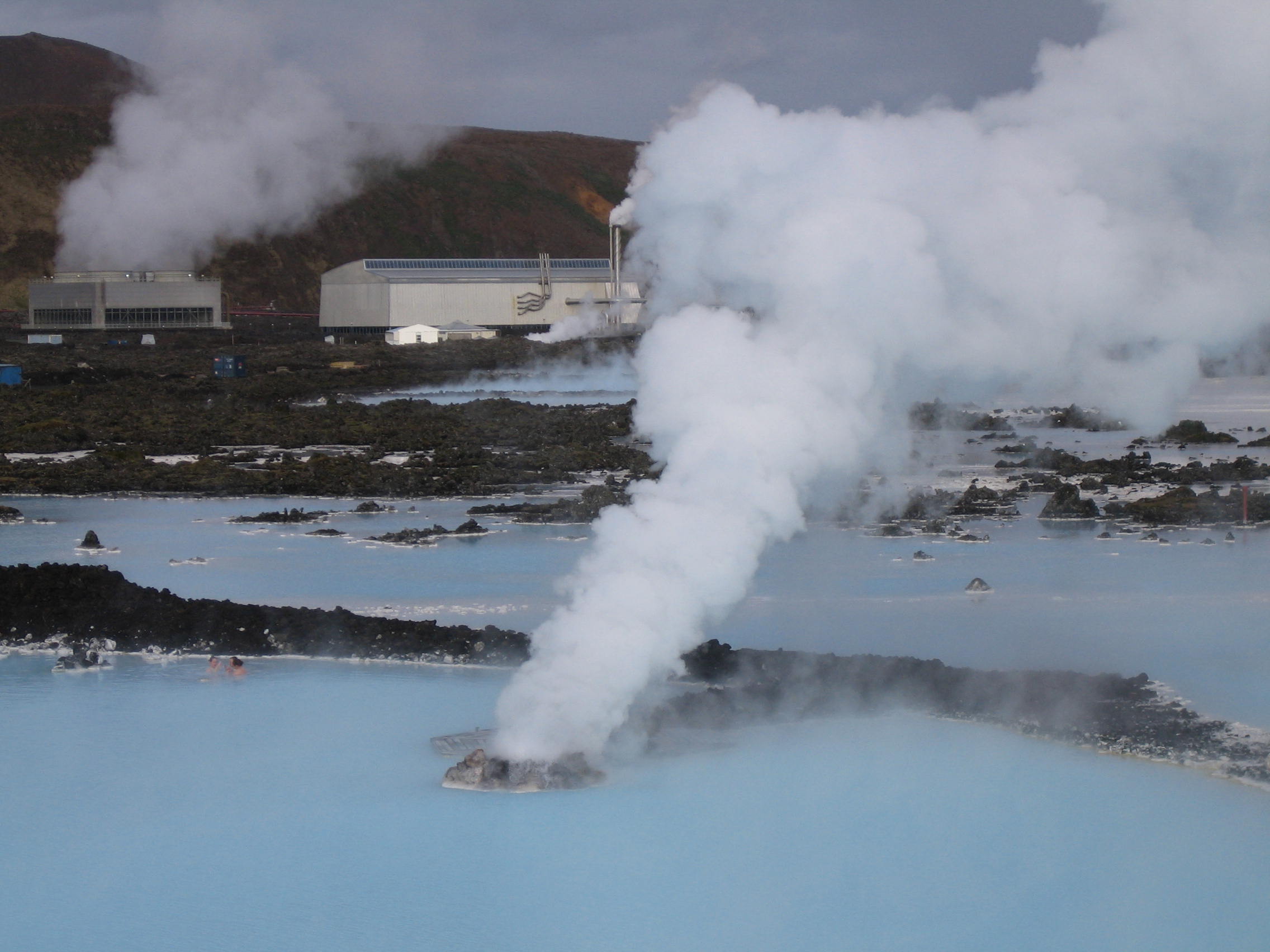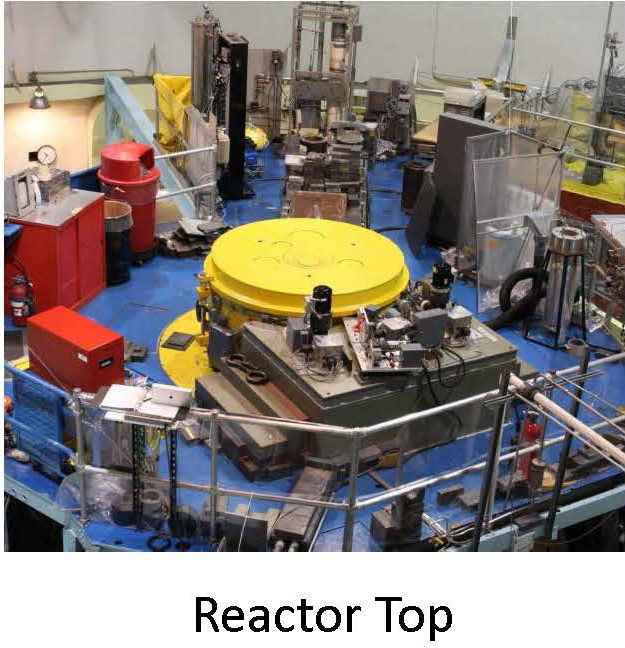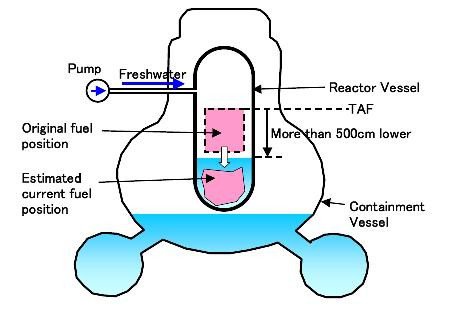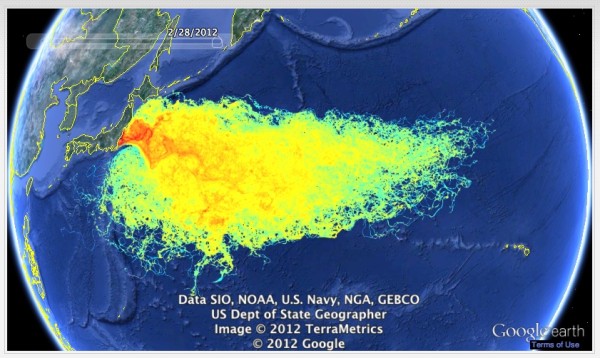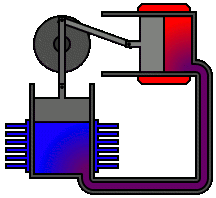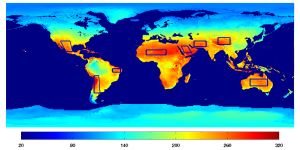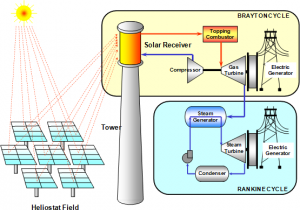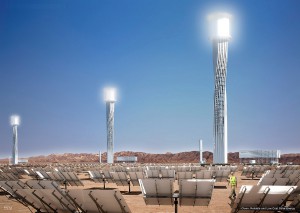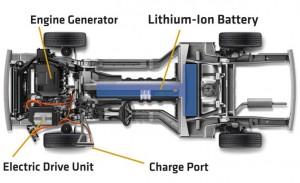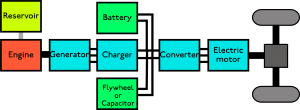“Nothing in life is to be feared, it is only to be understood. Now is the time to understand more, so that we may fear less.” That’s what Madame Curie, said, and while true, a fitting caveat may be, that with shift from ignorance and fear to an understanding peace, a price must be paid. And Madam Curie certainly paid that price.
Mr Vales presentation on the physics and history of nuclear research in America was illuminating. Initially, he touched on the subject of radioactive decay, when unstable isotopes of heavy elements decay or disintegrate into other elements.
There are three main types of radioactive decay: alpha, beta and gamma.
During Alpha decay an atom spits out two protons and two neutrons from its nucleus. This little bundle is called an “alpha particle.” Alpha particles can be stopped by paper.
- Alpha decay usually happens in larger, heavier atoms.
- The symbol looks like Helium because Helium-4 has the same number of protons and neutrons as an alpha particle (no electrons, though).
In beta decay a neutron sends its electron packing, literally ejecting it from the nucleus at high speed. The result? That neutron turns into a proton! Beta radiation can be stopped by wood.
Gamma rays are electromagnetic radiation similar to light. Gamma decay does not change the mass or charge of the atom from which it originates. Gamma is often emitted along with alpha or beta particle ejection. As this is a very high energy decay product, Gamma rays can only be stopped by very dense substances, such as lead.[1]
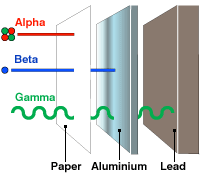
Just after the turn of the century when the nature of radioactive elements were being discovered. Madam Curie was instrumental in many of these revelations.
Born in Warsaw, Poland at the end of the 19th century, Curie grew up a bright girl with a curious mind. A top student in her secondary school, Curie could not attend the men-only University of Warsaw. She instead continued her education in Warsaw’s “floating university,” a set of underground, informal classes held in secret.
Later, Marie and husband Pierre Curie were dedicated scientists and completely devoted to one another. At first, they worked on separate projects. She was fascinated with the work of Henri Becquerel, a French physicist who discovered that uranium casts off rays, weaker rays than the X-rays found by Wilhelm Roentgen.[2]
Curie took french physicist Henri Becquerel’s work a few steps further, conducting her own experiments on uranium rays. She discovered that the rays remained constant, no matter the condition or form of the uranium. The rays, she theorized, came from the element’s atomic structure. This revolutionary idea created the field of atomic physics and Curie herself coined the word radioactivity to describe the phenomena. Marie and Pierre had a daughter, Irene, in 1897, but their work didn’t slow down.[2]
Her incisive research came at a cost however. All of her years of working with radioactive materials took a toll on Curie’s health. She was known to carry test tubes of radium around in the pocket of her lab coat. In 1934, Curie went to the Sancellemoz Sanatorium in Passy, France, to try to rest and regain her strength. She died there on July 4, 1934, of aplastic anemia, which can be caused by prolonged exposure to radiation.[3]
Curie wasn’t the only victim of the new found radioactive substances. Young women tasked with applying radium to the dials of watches died in significant numbers due to ingesting Radium in the process of their work. From cookware to watches many articles from that era carried dangerous emitting substances that affected uncounted numbers of people. Thankfully, our knowledge of the nuclear world has increased significantly, and our lives are greatly improved for it.
[1] http://edtech2.boisestate.edu/lindabennett1/502/Nuclear%20Chemistry/types%20of%20decay.html
[2] http://www.biography.com/people/marie-curie-9263538#synopsis
[3] http://www.nobelprize.org/nobel_prizes/physics/laureates/1903/marie-curie-facts.html
